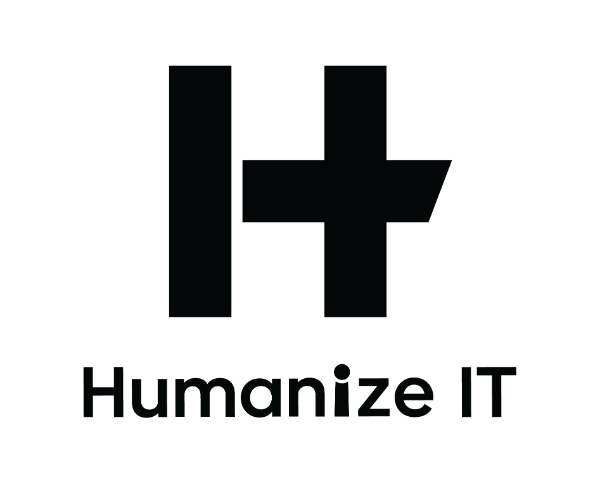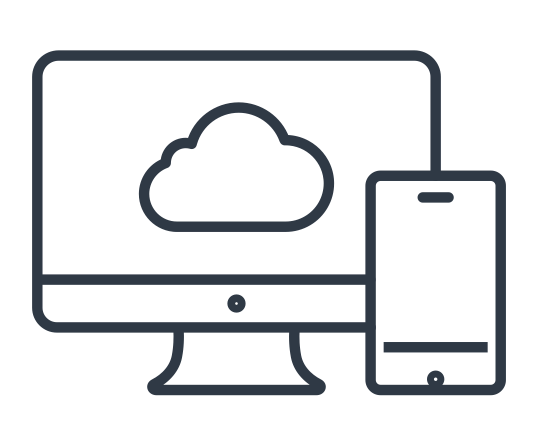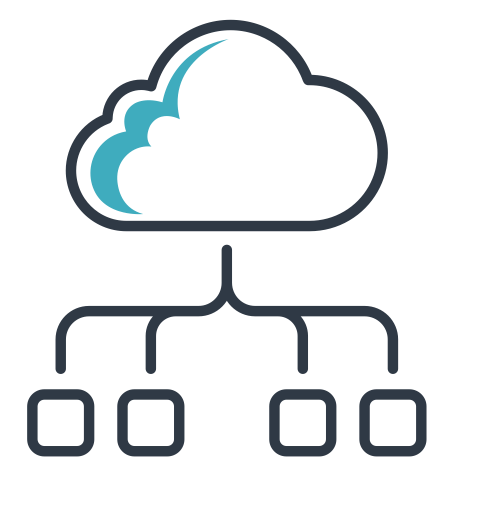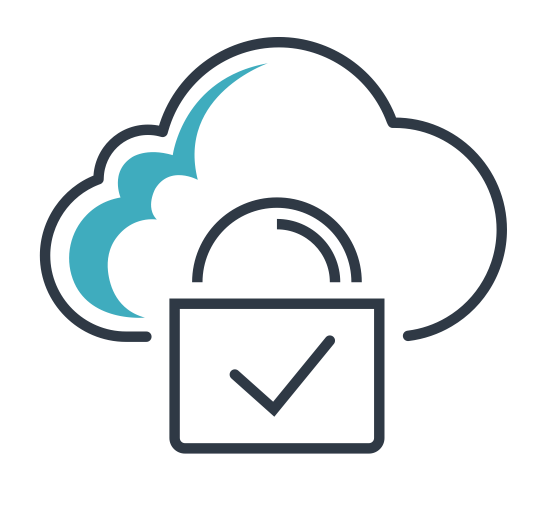|
Education and Training for Effective Remote Work are available
|
Yes
|
|
Remote Work Education ResourcesProblem: We need to achieve alignment among dozens of employees, service providers, contractors, and third parties to maintain quality work during a crisis and remote work. For this, communication must be open and fast across the "virtual office". In most cases even the organization has the necessary applications in place, the team does not get used to working remotely only and they have no adequate experience with all the applications needed for effective remote work. That leads to an overwhelming volume of new tools, skills, and processes to be adopted in a short amount of time which leads to mistakes, misalignment, and confusion. Benefit: Having a remote work skill development and an education plan can open up opportunities for a faster response during a crisis. The executives, key users, team, and vendors are working together effectively in a collaborative environment.
|
|
|
A Remote Work Policy is available to govern the regulations and processes around security and data management
|
Yes
|
|
Remote Work Policy ImplementationProblem: Effective remote work requires alignment and compliance in the following areas: IT Security, Data Management, BYOD (Bring Your Own Device) and Remote Work. To meet these information security challenges, some regulated organizations are required to have a governing document. Remote Work Policies are developed and maintained to meet certain internal or outside compliances. Benefits: A Remote Work Policy identifies the rules and procedures for all individuals accessing and using an organization's IT assets and resources from a remote location. Effective Remote Work Policy is a unique document for each organization, cultivated from its people’s perspectives on risk tolerance, how they see and value their information, and the availability of that information that they maintain. For this reason, many companies will find a boilerplate Remote Work Policy inappropriate, due to its lack of consideration for how the organization’s people actually use and share information among themselves and with the public.
|
|







